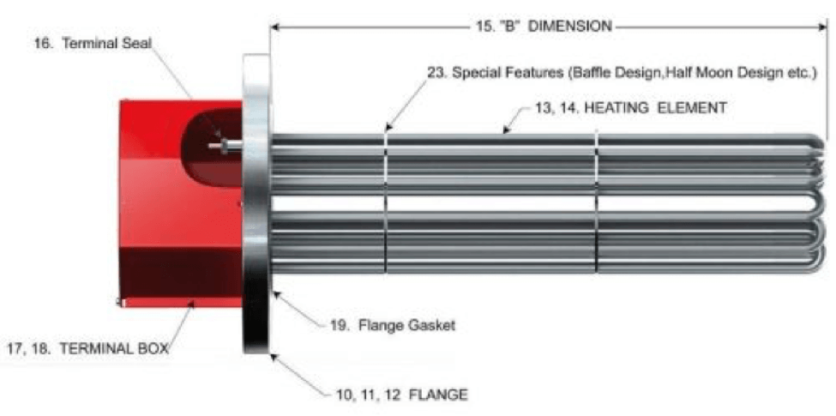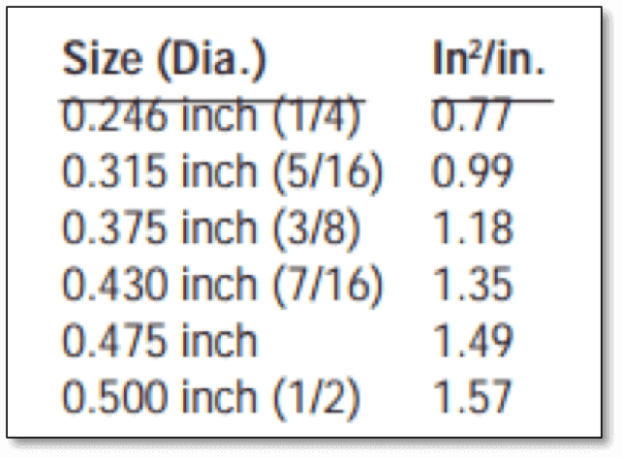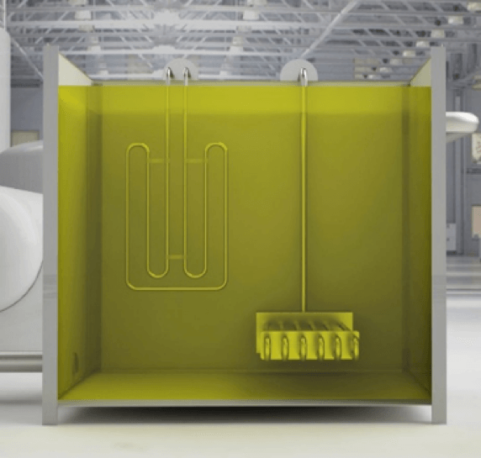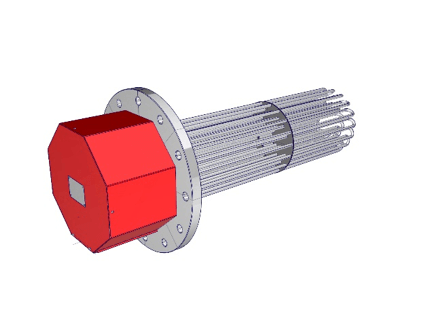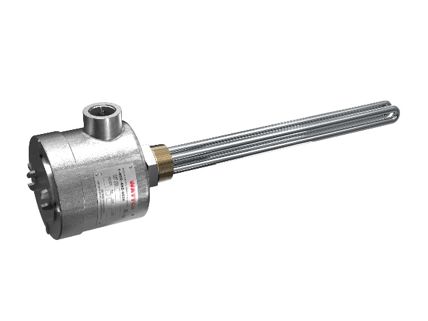A Review of Industrial Heaters: Oil and Gas industry Case Study
The industrial revolution has significantly contributed to the development of various industries. This includes the oil and gas sector. Industrial heaters make activities within oil and gas industry possible.
This paper provides an insight into industrial heaters i.e. immersion heater. The components and the material of the immersion heater equipment is also a part of this review paper.
Electric Industrial Heaters
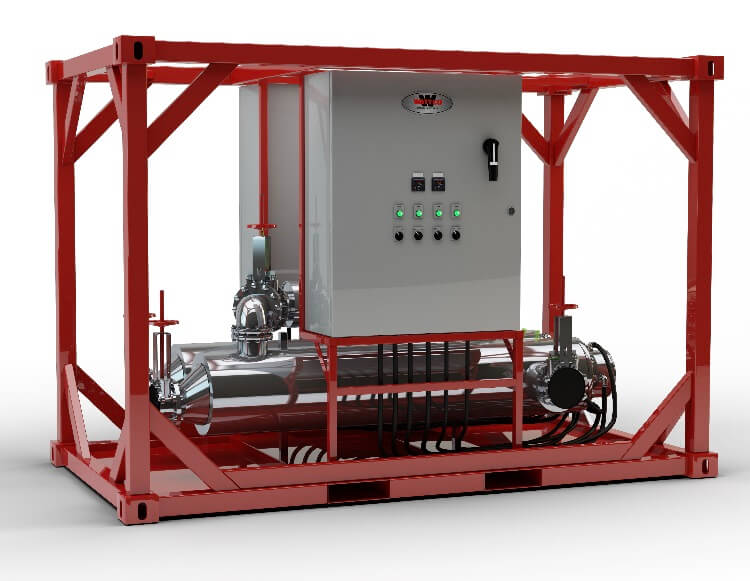 The intensity of heat and its relevant elements have weighed up the requirement of modified inventions for running industrial operations. For this purpose, industries use a variety of heat processing equipment to maintain functionality.
The intensity of heat and its relevant elements have weighed up the requirement of modified inventions for running industrial operations. For this purpose, industries use a variety of heat processing equipment to maintain functionality.
Electric immersion heaters comprise electric resistive components that draw a connection with a source of power to generate heat capacity. These heaters generate an ample amount of heat that can fulfil various industrial operations ranging from paper manufacturing sectors to the oil and gas supply sector.
The industrial heaters can use various types of power sources. Electric industrial heaters are the most common type due to environmental concerns and cost issues.
In the oil and gas industry, heaters are commonly used for freeze protection. They keep the liquids and gases above the freezing point in cold and harsh conditions. The most common heaters used in the oil and gas industry are the immersion heaters and the circulation heaters.
This article provides an insight on the uses of industrial heaters used in oil and gas industry, particularly immersion heaters. It furthers research on the industrial sectors, where immersion heaters get the most use. The recent surge in oil prices has also contributed to the growing need for new technological advances.
Background of the Oil Industry and Industrial Heaters:
Petroleum products and industries have always been an integral part of human civilization. Petroleum has become a primary resource over the past century. and has played an important role in the success of developed countries like the USA, UK and Australia.
The oil-producing Gulf countries are also rich in raw materials and extraction processes. There are various extraction operations that require the use of heaters. Fractional distillation of crude oil transforms it into valuable petroleum products. The process uses immersion heaters to maintain the correct viscosity of fluids for operational purposes and for transportation of oil and gas products in cold environments like Russia and Canada.
The earlier industrial heaters were based on the process of combustion and require fuel in the form of coal or fossil fuel. However, the rise in the price of combustible products and environmental concerns have suppressed the usage of fuel based industrial heaters (Hasanuzzaman, et al. 2012).
This has resulted in the development of electricity based industrial heaters. The electric heaters convert electric energy into heat energy to transfer heat through conduction, convection and radiation mode (Bergman, 2011). Electric heaters quickly replaced fuel-based heaters in countries where electricity is inexpensive. The cost issue has also replaced the domestic fuel-based heaters with electric heaters. They are cost-effective, safer to use and are energy efficient.
Immersion Heaters in the Oil & Gas Industry
Immersion heaters are the most common heaters in the oil and gas extraction and distribution industry. Electric immersion heaters are a device that is usually immersed in the liquid to be heated to perform its intended function.
The immersion heaters are usually attached to the vessels or tanks containing liquid. In this case, oil and other petroleum products that need to be heated in three possible positions:
- Over the side Immersion
- Flanged
- Threaded
Immersion Heaters in the Chemical Industry
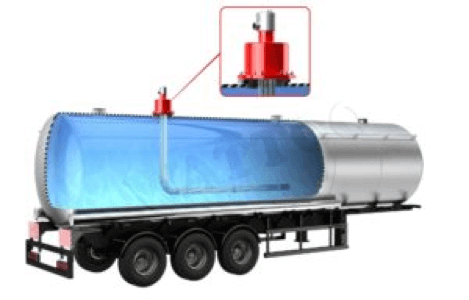 The immersion heaters are also used in other industries such as the chemical industry. This industry synthesizes and treats corrosive chemicals.
The immersion heaters are also used in other industries such as the chemical industry. This industry synthesizes and treats corrosive chemicals.
Immersion heaters use the concept of electrical resistivity to heat material. The resistance offered by the material most commonly metals produces heat energy which is required to catalyse industrial activities. Other components contained in an immersion heater include:
- Casing to house the heating element
- Thermostats for measuring temperature
Industrial Immersion Heater Components
The heating element of nickel-chrome alloy most commonly known as nichrome wire and refractory metals such as:
- Tungsten
- Molybdenum
- Tantalum
These are enclosed in a stealth case which is further enclosed in a tubular jacket made of stainless steel or titanium due to corrosion resistance properties. Magnesium oxide is an electrical insulator but the thermally conductive material is used as filler between heating elements and the case.
The composition of the material in heating elements can be interchangeable. The variation depends on the desired applications. For oil and gas industries, the tubular jacket case is made of high strength low alloy steels such as 304L stainless steel and 316L stainless steel.
It’s best to reference the Material Safety Data Sheet (MSDS) before selection of the material for the sheath and the heated chemical.
The benefits of the oil and gas industry from advanced, state of the art immersion heaters are:
- Indirect heating to maintain the correct viscosity of petroleum product
- Easy replacement and maintenance
- Cost-effective solution to process heating applications
- Environment protection by avoiding fuel-based industrial heaters
In the natural gas industry, these heaters are also used to increase the kinetic energy of the gas. The heat increases the pressure of the gas, allowing for transportation and processing.
The basic design of an immersion heater used in the oil and gas industry is depicted below:
The material for the sheath is enlisted in the figure below:
Immersion Heater Assembly
The complete assembly of the immersion heater is shaped and reduced in size through mechanical shaping and forming process. For example, rolling induces extra strain in the material (Cooper, 2015). This extra strain reduces the strength of the components. Therefore, they are annealed to reduce the stress within the material.
The shaping and annealing process enables manufacturers to custom design the immersion heaters. They can manufacture numerous shapes and sizes that have expanded their application range.
Watt Density
Watt density is an important factor in manufacturing heaters. It’s crucial when developing immersion heaters for a specific application. The oil-based liquid takes longer than water-based liquid to gain heat (Yane et al., 1999).
The heating element for water-based liquid is less efficient in a petroleum environment. The watt density of the heating element that depends on the applied voltage, area and the geometry of the heating element.
The recommended watt density for oil applications is 20 watts per square inch. However, the watt density is subjected to change depending on the subject to be heated (Cooper, 2015). If the selected watt density is higher than required watt density that adverse effect includes carbonisation and overheating that can damage the heating element and the material to be heated.
The surface area of the standard sized tubular elements are shown in the figure below:
The most common shapes of the tubular heater health are triangular, oval and flat. Selecting the appropriate shape for the tubular heater sheath is a hectic process. The shape that facilitates the high rate of heat transfer must fit inside the tubular jacket. So, sheath shape must consider both the heat transfer and the size of the tubular jacket.
The cables attached to the heater are made flexible for easy handling. The exterior end of the cable that is in the direct contact with the liquid is coated with a polymeric material. A popular option is Poly Tetra Fluoro Ethylene (PTFE). PTFE provides exceptional protection from corrosion that occurs from chemical and petroleum products.
Types of immersion heaters
Three different types of immersion heater are used in the oil and gas industry. These include:
- Over the side immersion heaters
- Flanged immersion heaters
- Threaded immersion heaters
Immersion heaters types are chosen based on their application and location of the tank/vessel.
Over-The-Side Immersion Heaters
Over-the-side heaters use the same elements described above to heat the fluid in the tank. This type of immersion heater, as the name suggests is located at the side of a tank.
According to some applications, high-quality alloy steels such as stainless steels, titanium and corrosion resistant or passive materials are used to develop tank for over-the-side immersion heaters tank.
Flanged immersion heaters:
Flanged immersion heaters are thin, tubular heating element welded or brazed with flanges. Whether they’re welded or brazed depends on the metal of the flange. Flanged heating element generate heat transfers through convection. In this way, they keep the temperature of the oil at the desired range.
These heaters are the most common type of immersed heaters that are used to heat the liquid in large tanks and pressurised vessels. The heating element is joined at the flange to survive high pressure exerted by the liquid.
Threaded immersion heaters:
The threaded immersion heaters consist of a thin tubular heating element welded to the screw plug. These heaters are normally attached like a screw. They are generally used for water heating and freezing protection application.
Threaded heaters are developed for a wide range of sizes, power consumption, material and other characteristics. Customization makes them ideal for various applications in the oil and gas industry.
The oil-producing cities and states utilize immersion heater most. According to the US Energy Information Administration, the top 10 oil producing sites located in the USA are in Texas, Alaska, Colorado and California which is shown in the figure below:
Figure 7 Top 10 oil producing sites with states in USA (Source: US Energy Information Administration, 2015)
Advancement in contemporary immersion heaters:
Traditional industrial heaters based on resistance wire have a few drawbacks. They can damage the heating equipment when the conditions are not ideal for running the process heaters. The low dissipation of the heat causes severe damage to the heating element and the entire assembly. In some cases that add extra expenses for maintenance and repairing.
This issue is of great significance and advancement in technology. Traditional resistive wire heaters are replaced by the latest PTC chip immersion heaters.
The Positive Temperature Coefficient (PTC) is capable of producing a controlled temperature. This prevents frequent damages to the heater assembly. As well as avoiding unnecessary reactions in the chemical due to uncontrolled heating.
The PTC chips are made from Barium Titanate (a piezoelectric material) which is doped with either pentavalent or trivalent impurities for desired temperature controlled characteristics (Base and Sanislo, 2010). PTC chip immersion heaters have improved the safety associated with heating equipment. They reduce the risk of hazardous events as well as the costs of repair and maintenance.
Also read: Fire Risks & Prevention Tips in Thermal Fluid Heating
Conclusion
This research paper focuses on the industrial heaters utilized in the oil and gas industry with a specific focus on immersion heaters. The immersion heaters components and their materials are briefly discussed in this review paper.
It has been observed that the advancement in the manufacturing processes, electronics and material sciences has decreased the limitations of traditional immersion heaters.
The utilization of PTC chips instead of resistive elements has improved the process control and safety concerns associated with industrial processing equipment.
Further advancement in the field of electronics and material selection and synthesis will further improve the designing and operational characteristic of immersion heaters that could withstand highly corrosive and reactive chemicals.
References
Base, H. J., & Sanislo, D. L. (2010). U.S. Patent Application No. 12/370,126.
Bergman, T. L. (2011). Introduction to heat transfer. John Wiley & Sons. New Jersey.
Cooper, P. V. (2015). U.S. Patent No. 9,108,244. Washington, DC: U.S. Patent and Trademark Office.
Hasanuzzaman, M., Rahim, N. A., Hosenuzzaman, M., Saidur, R., Mahbubul, I. M., and Rashid, M. M. (2012). Energy savings in the combustion based process heating in industrial sector. Renewable and Sustainable Energy Reviews, 16(7), pp. 4527-4536.
Yane, D. J., & Base, H. J. (1999). U.S. Patent No. 5,875,283. Washington, DC: U.S. Patent and Trademark Office.

